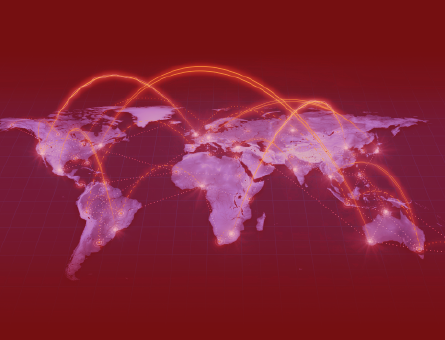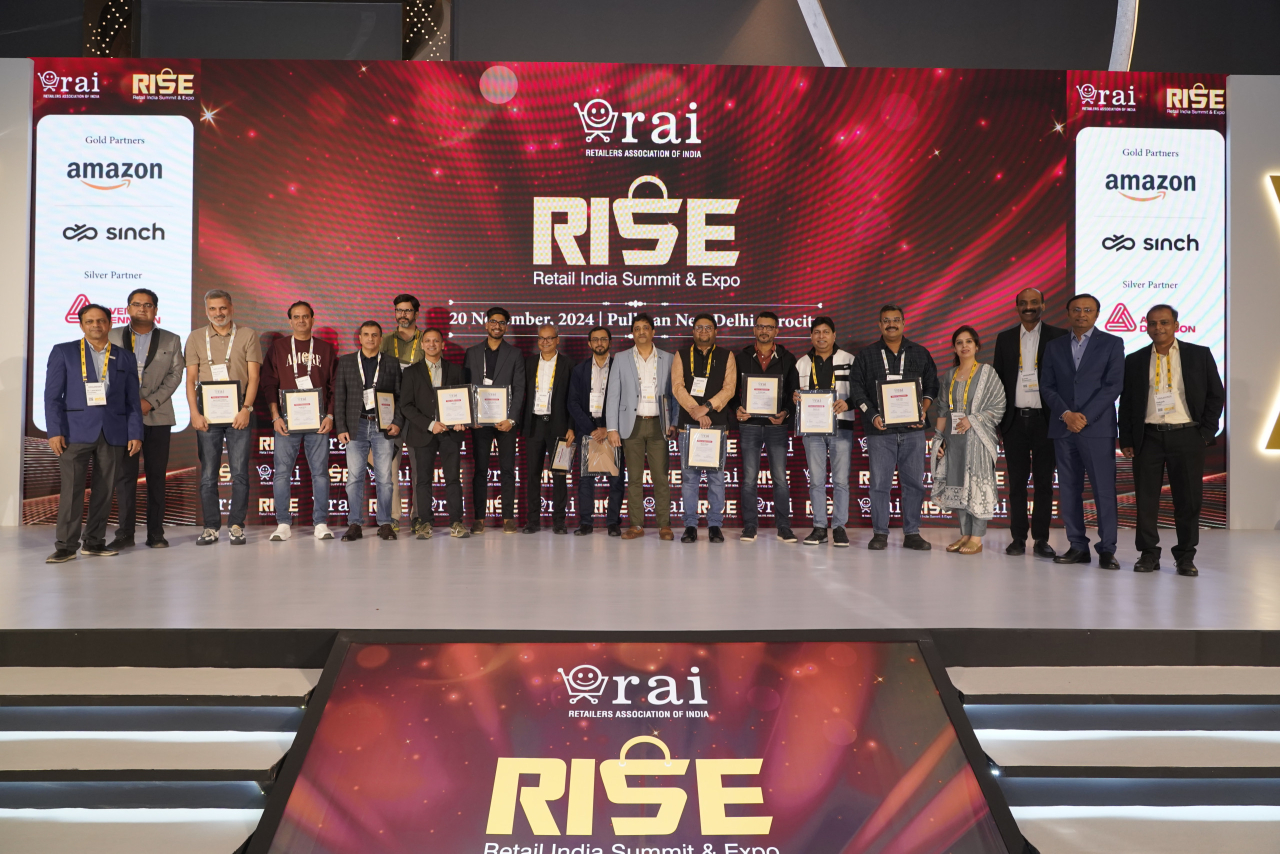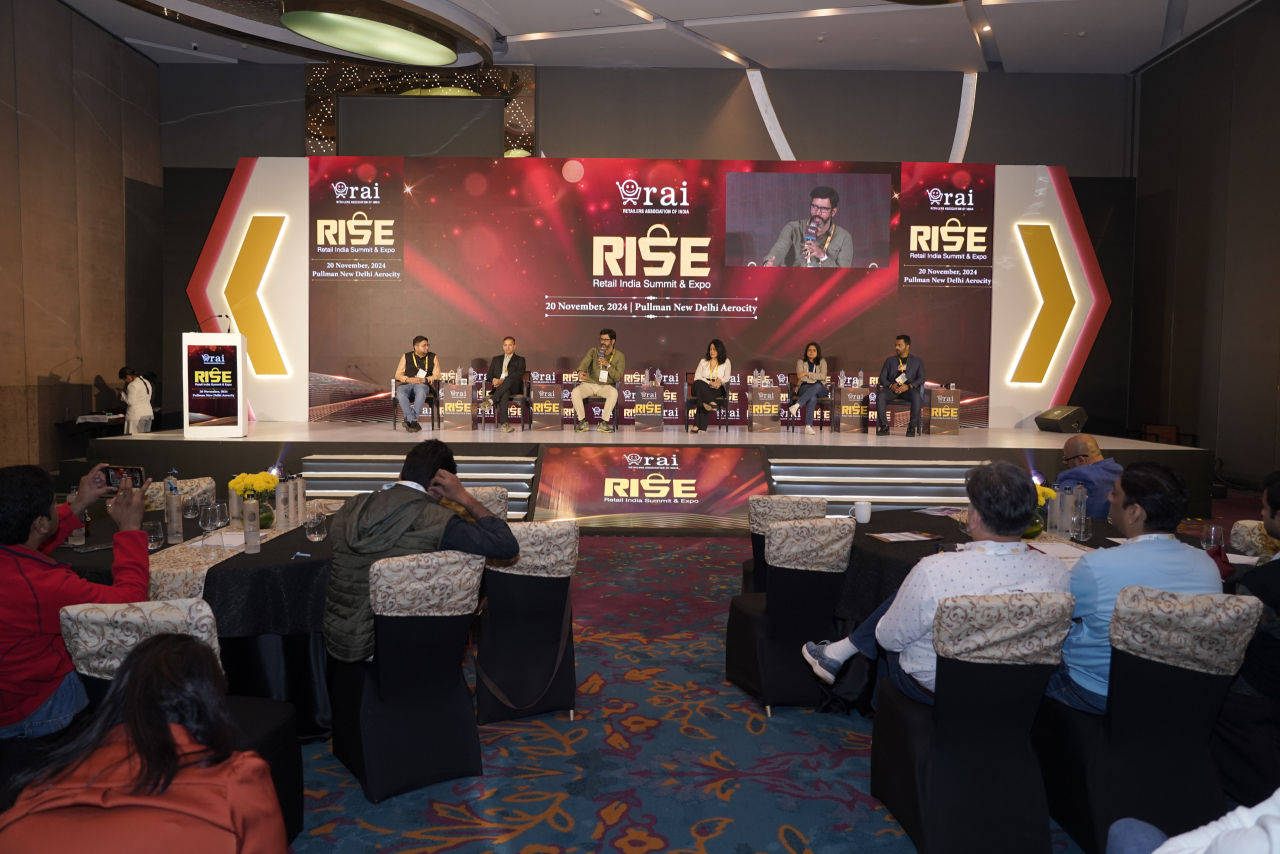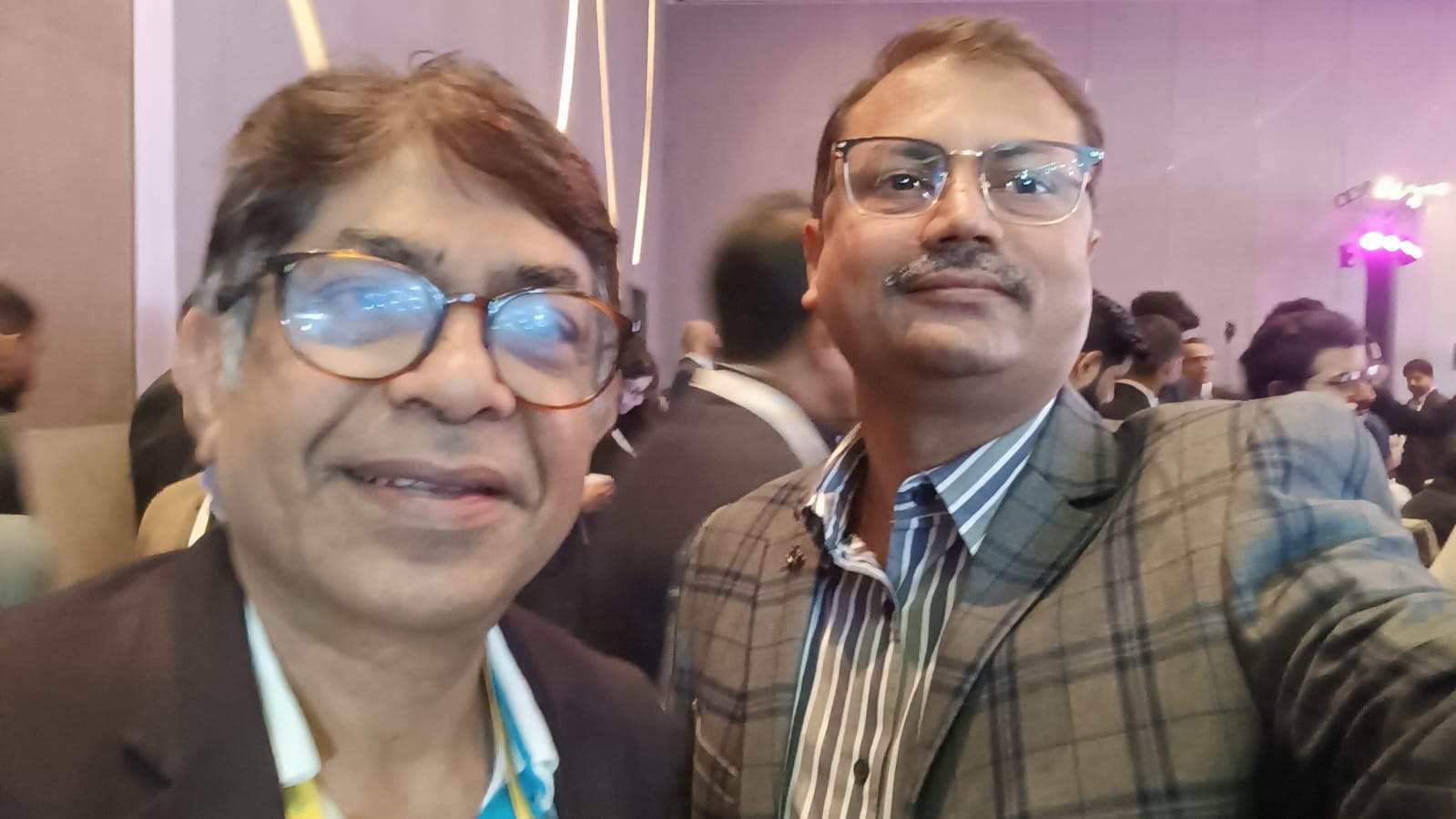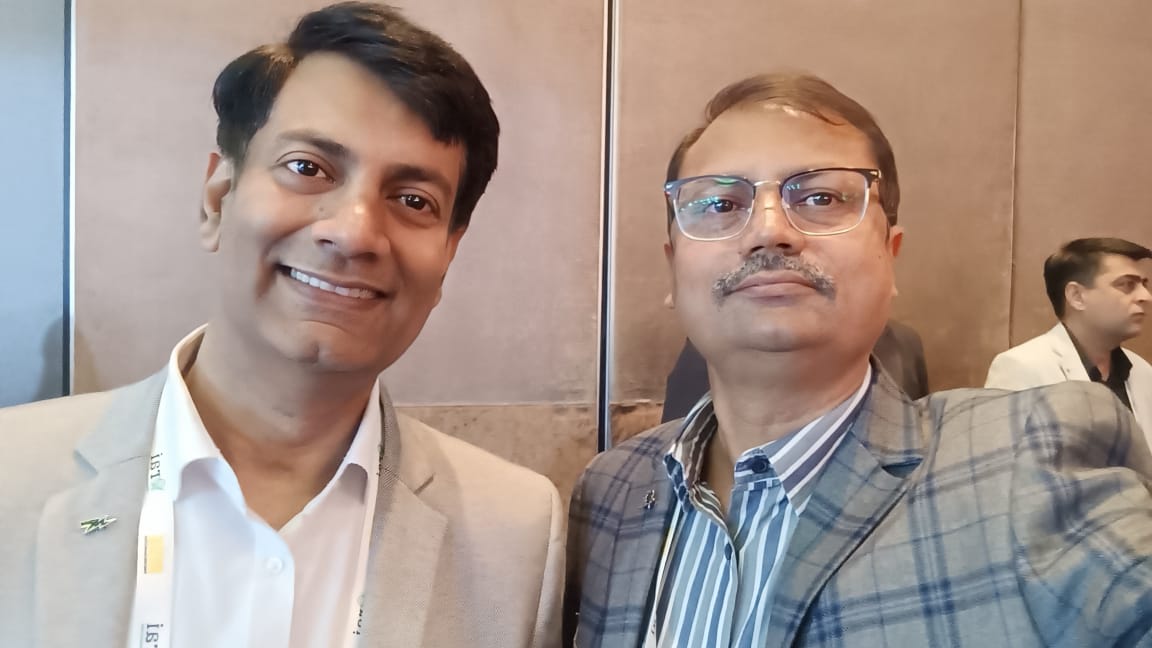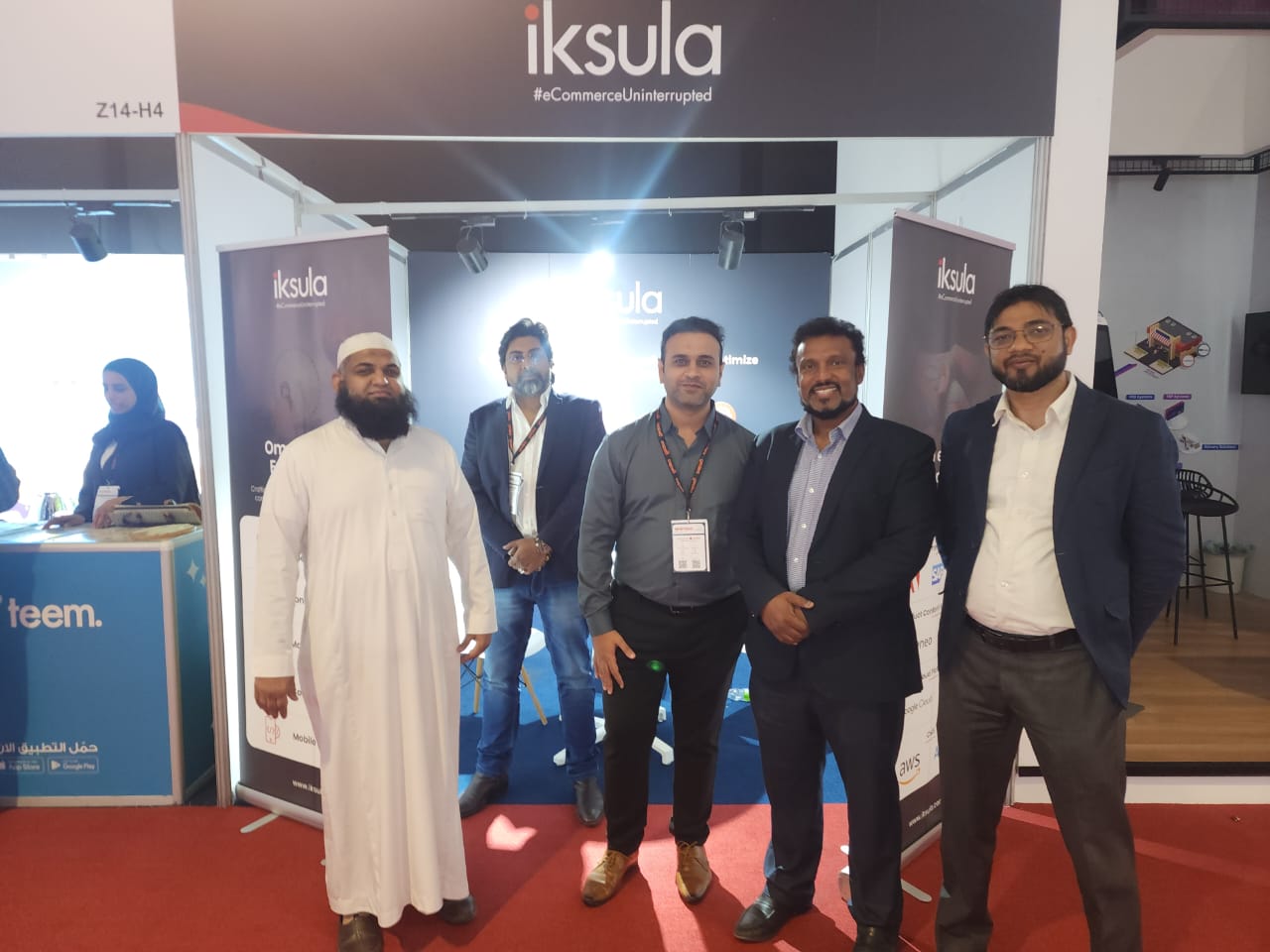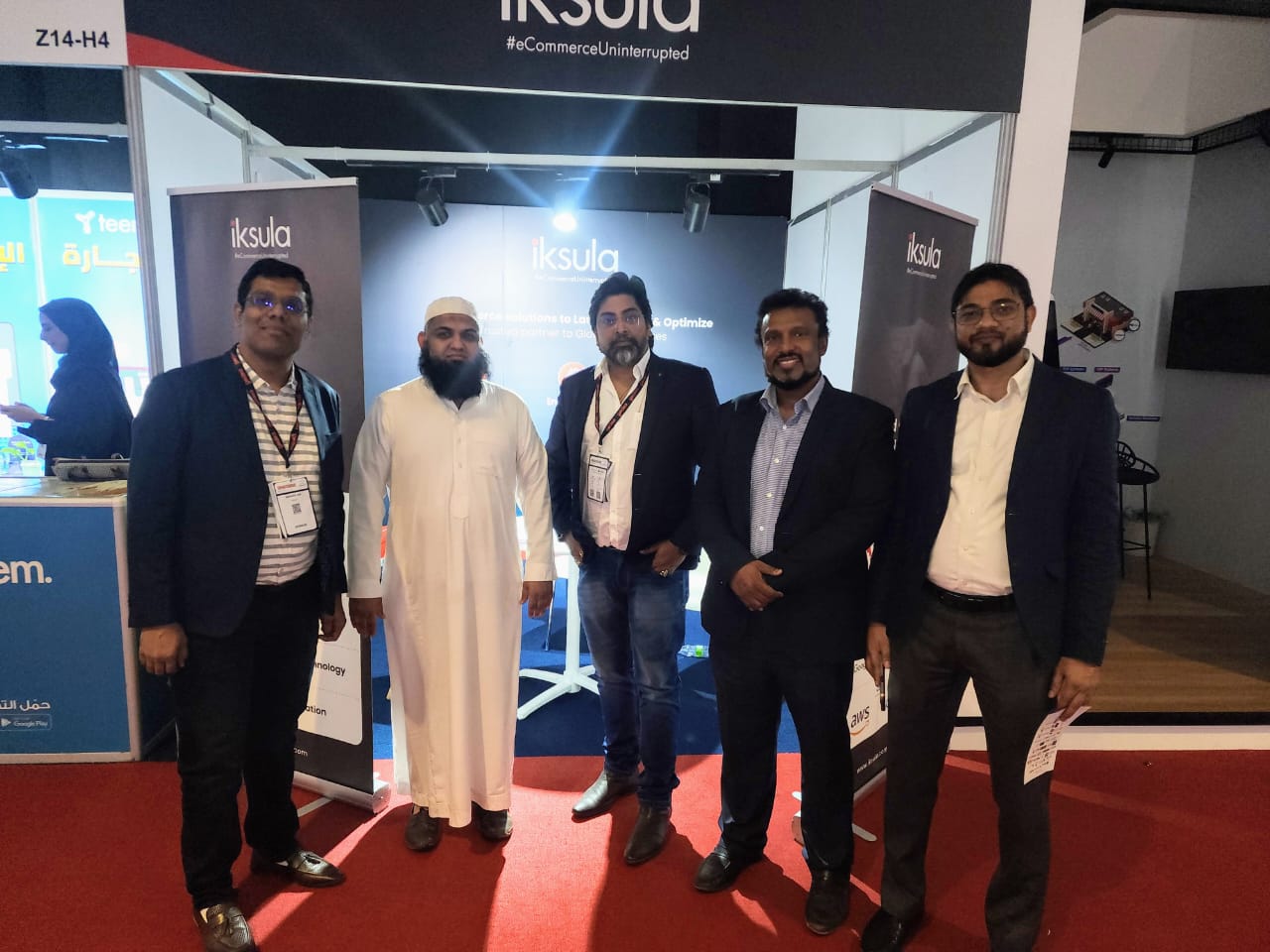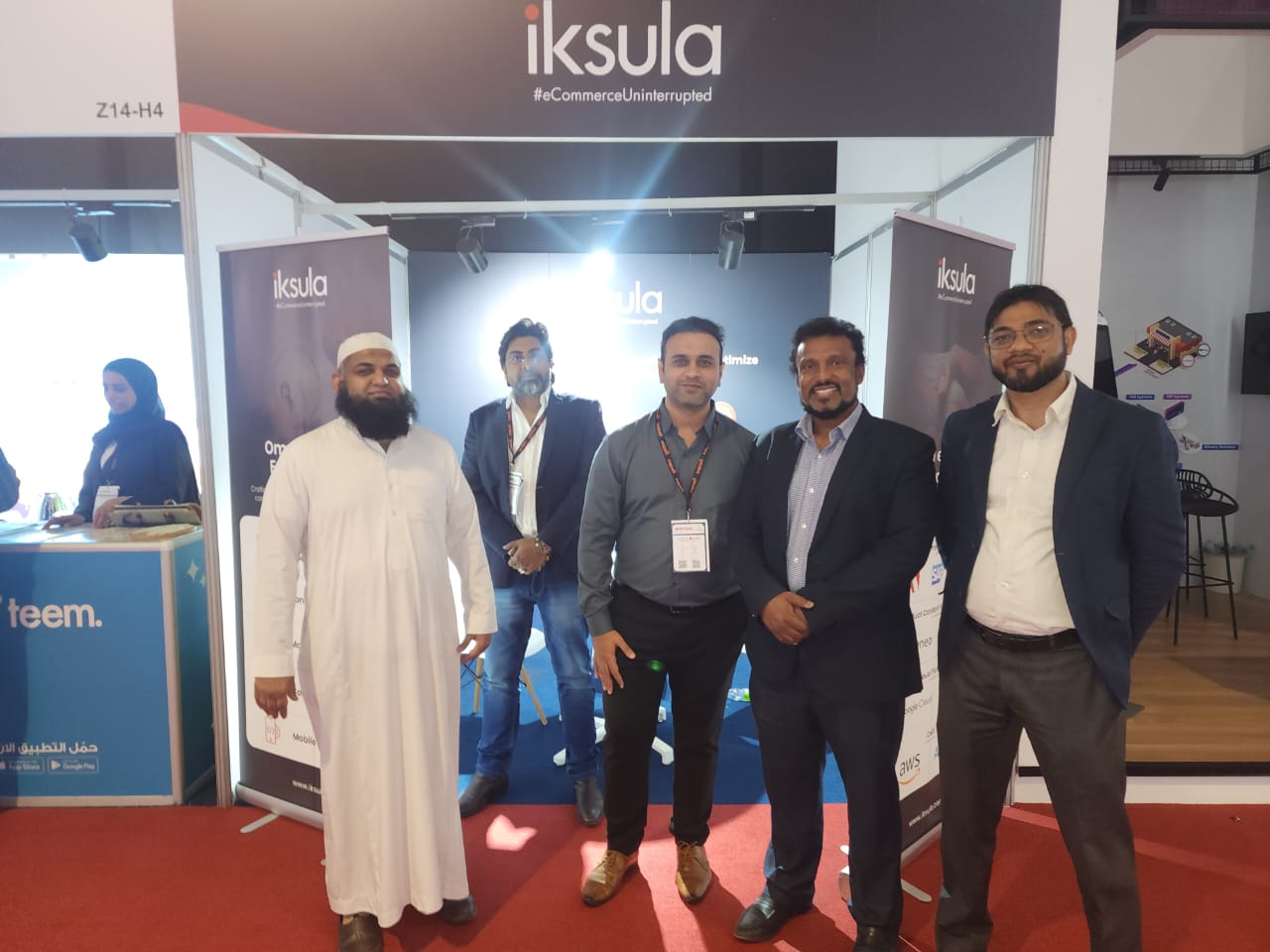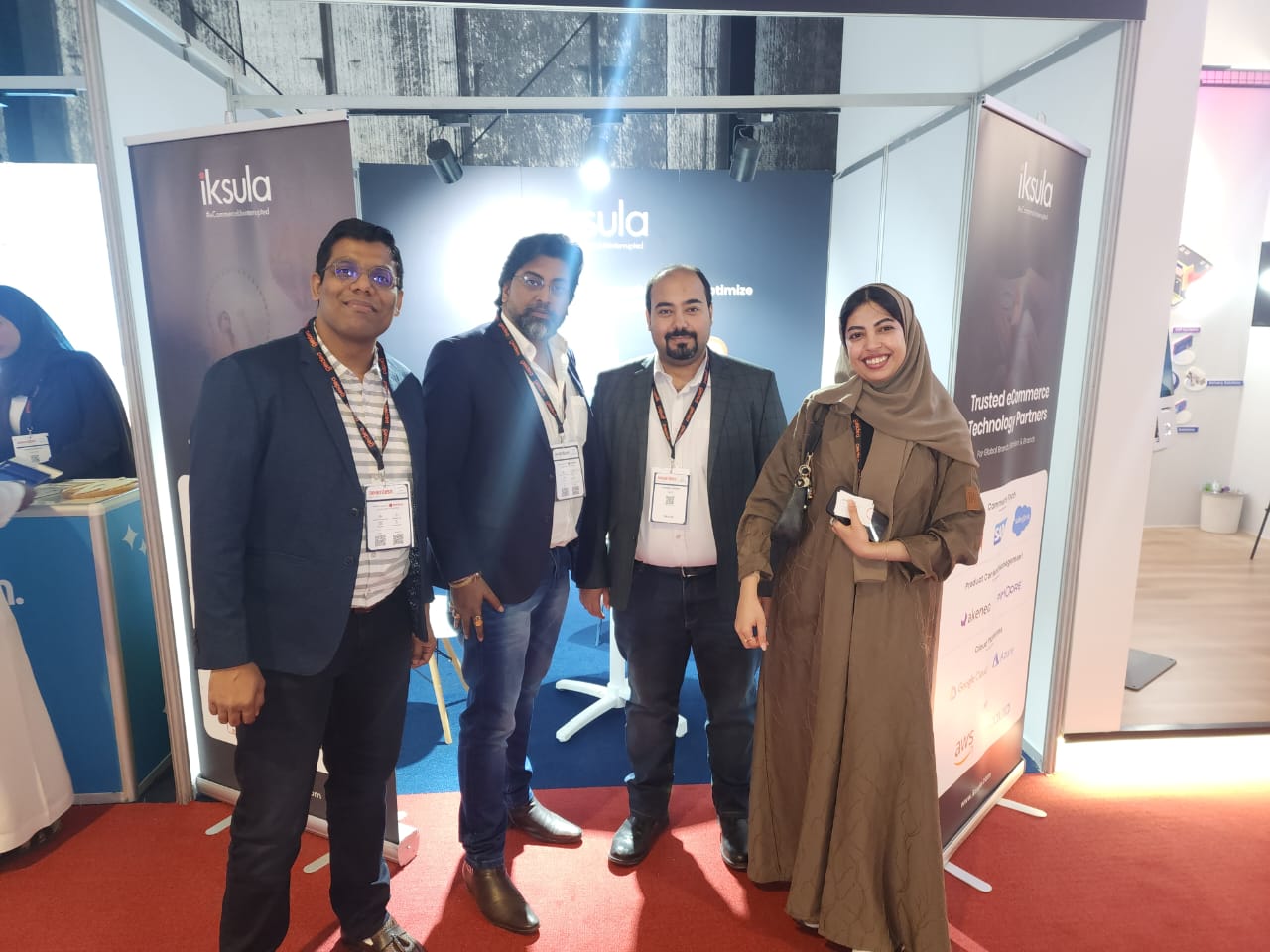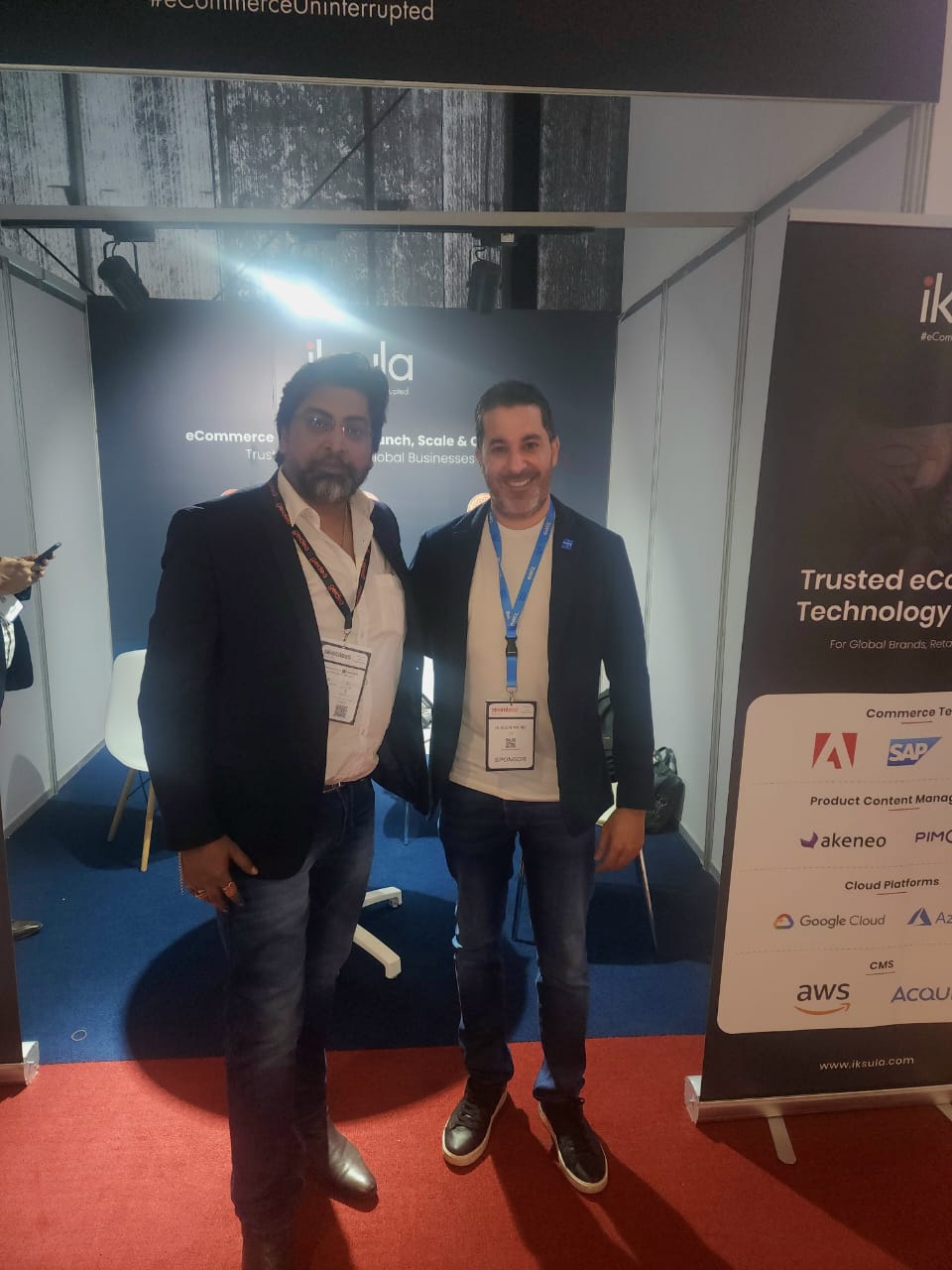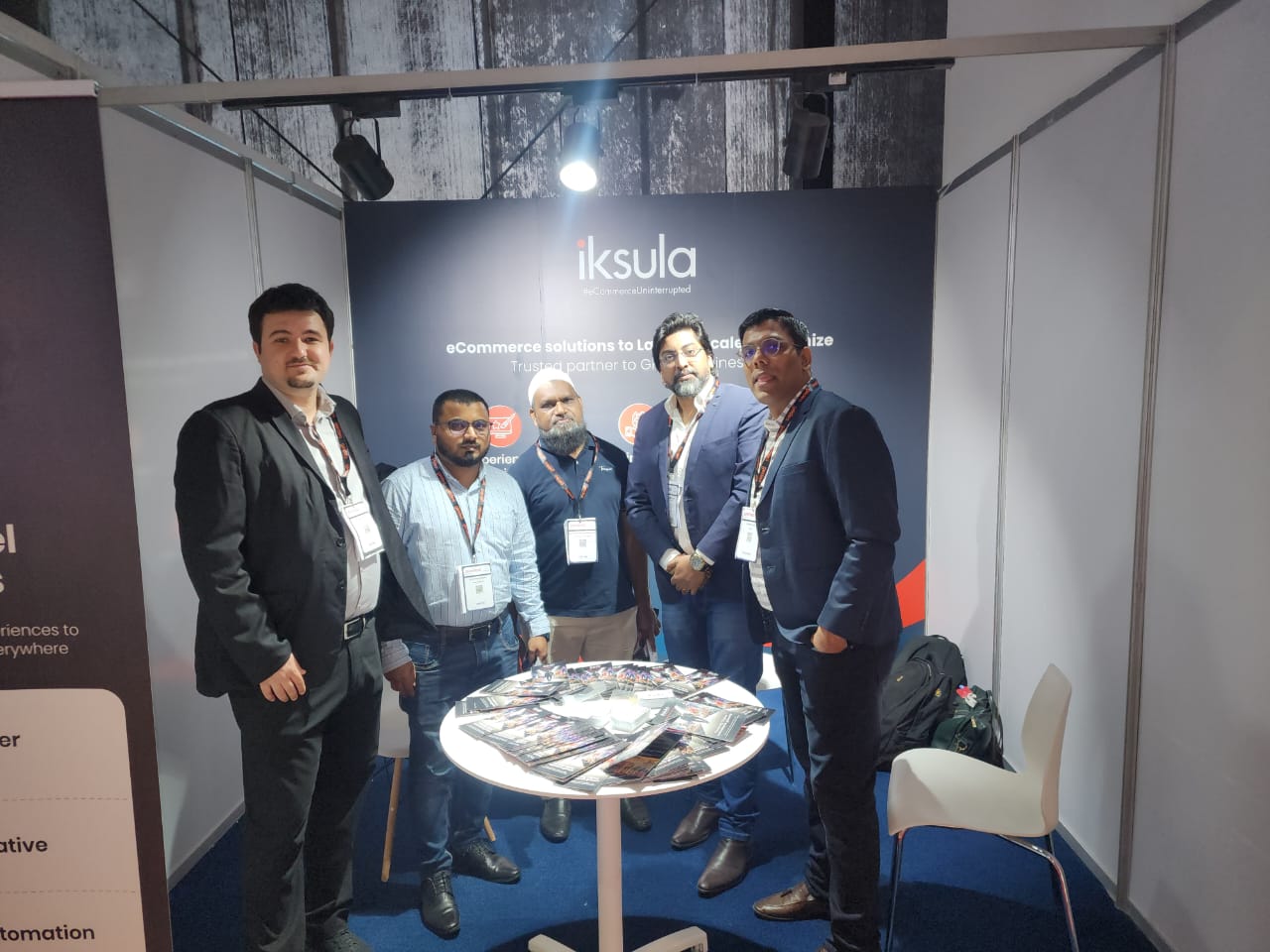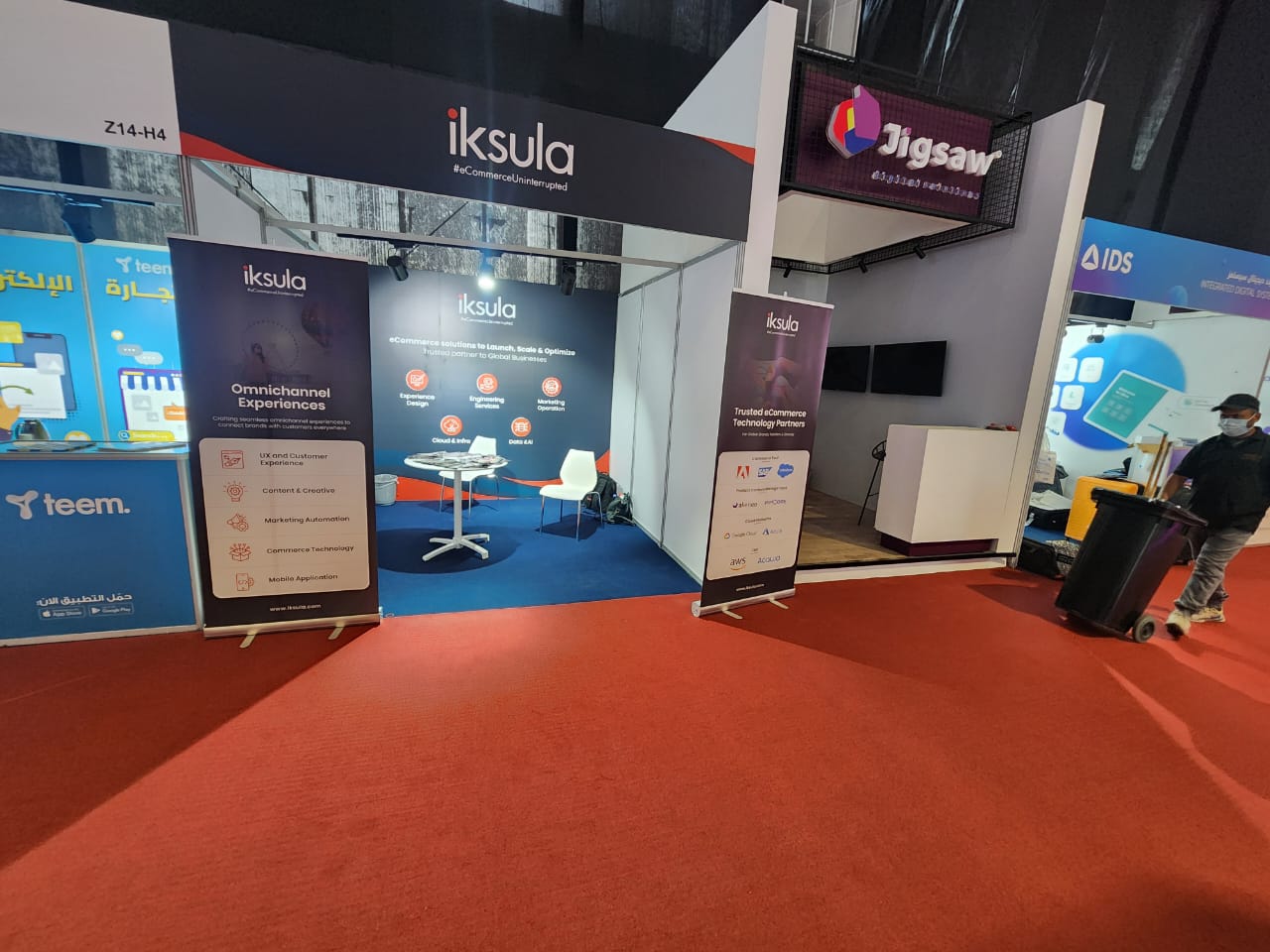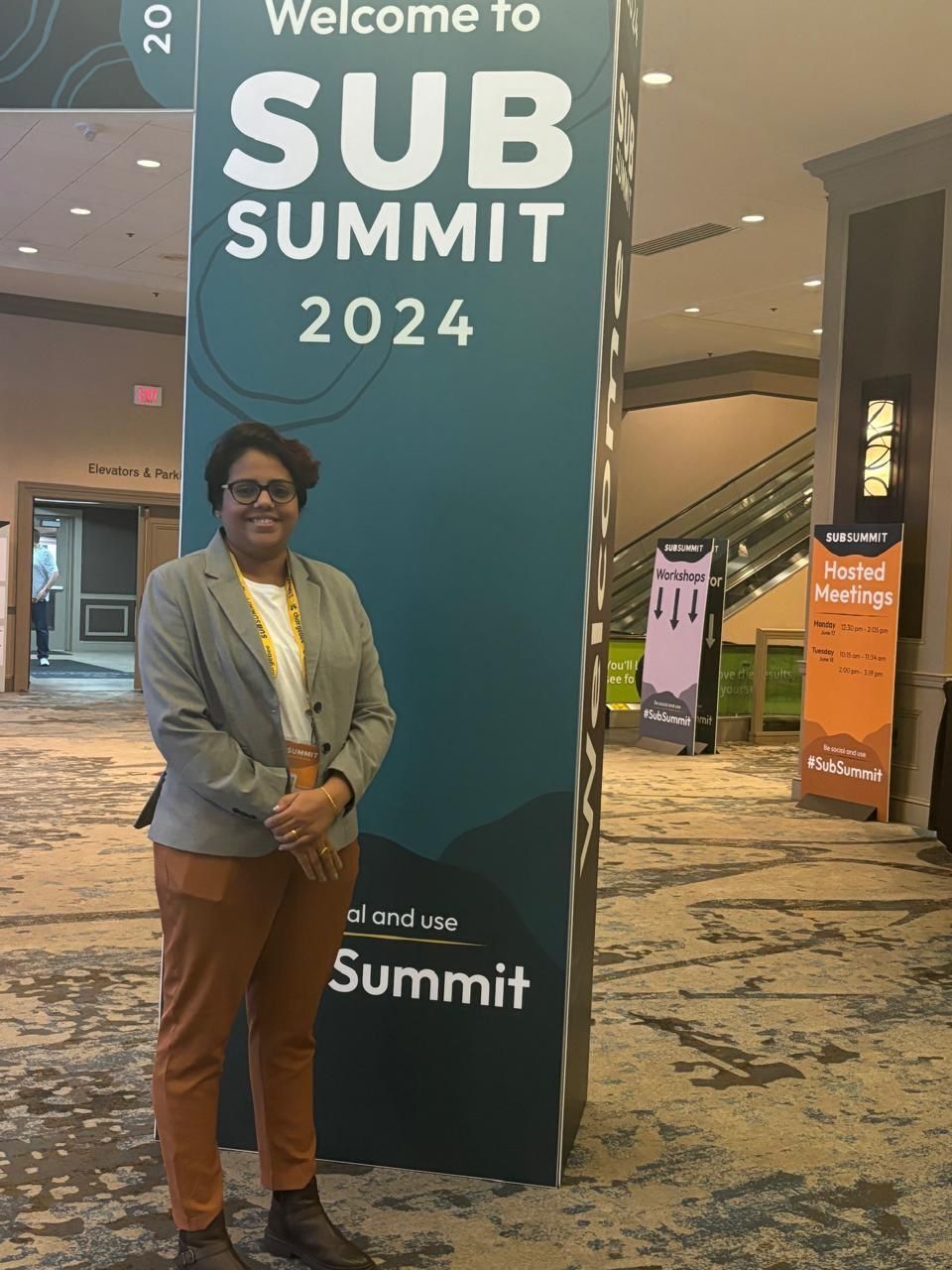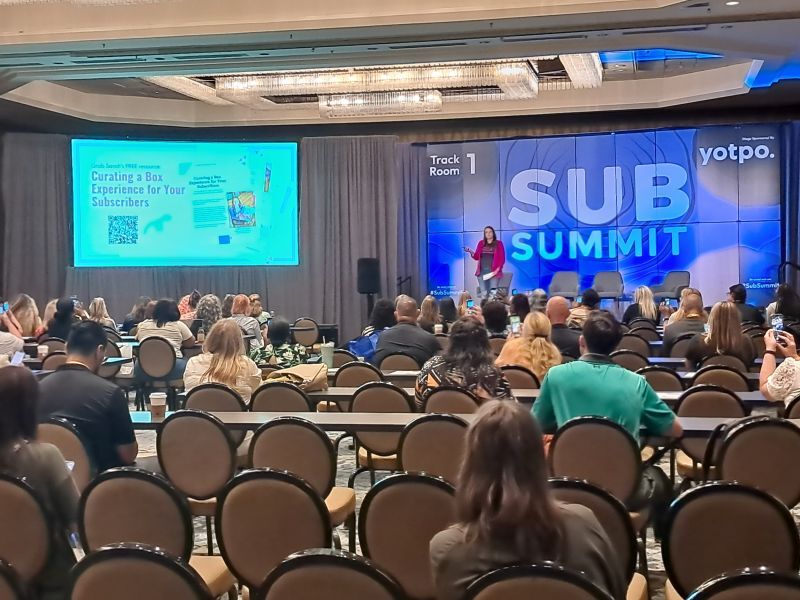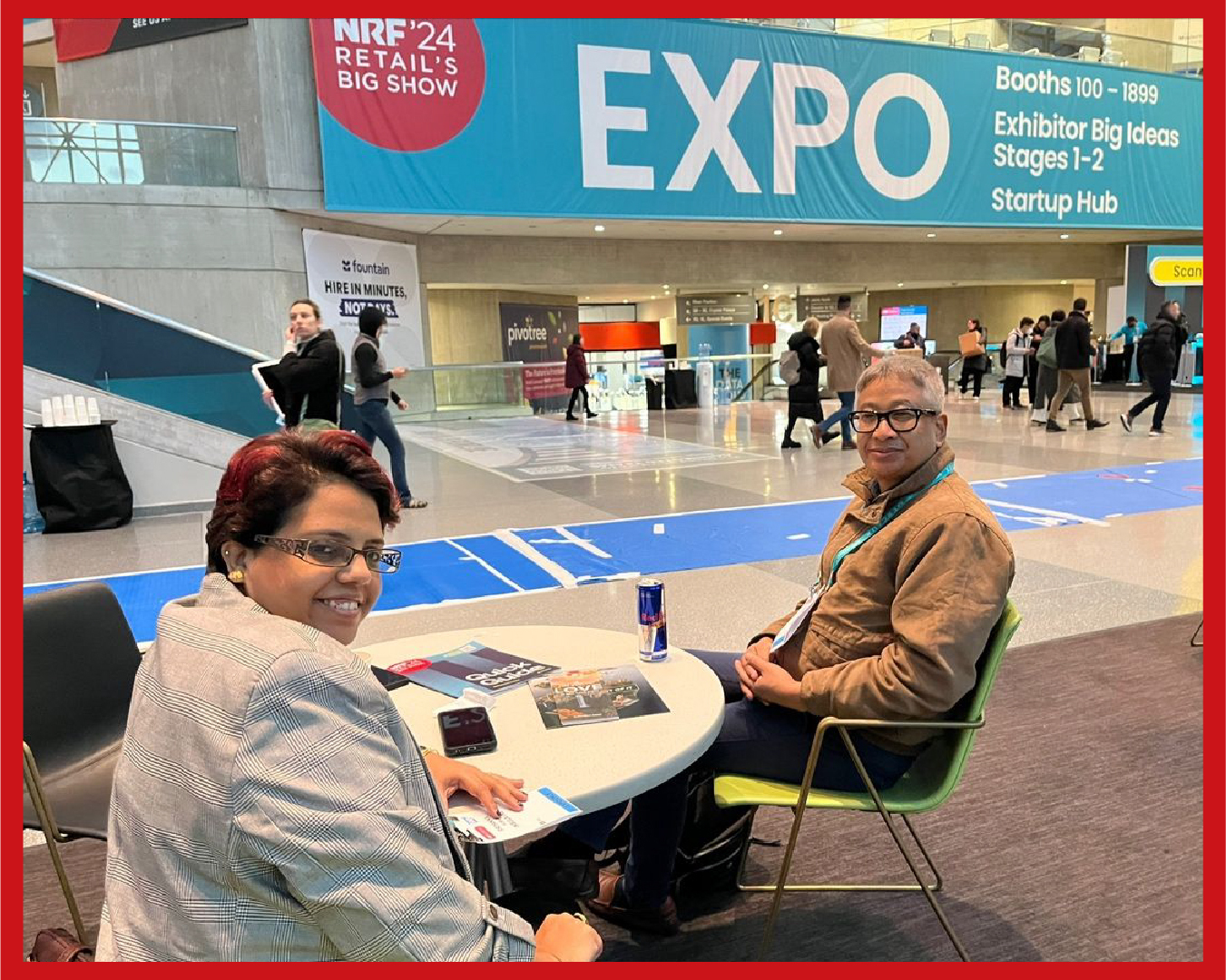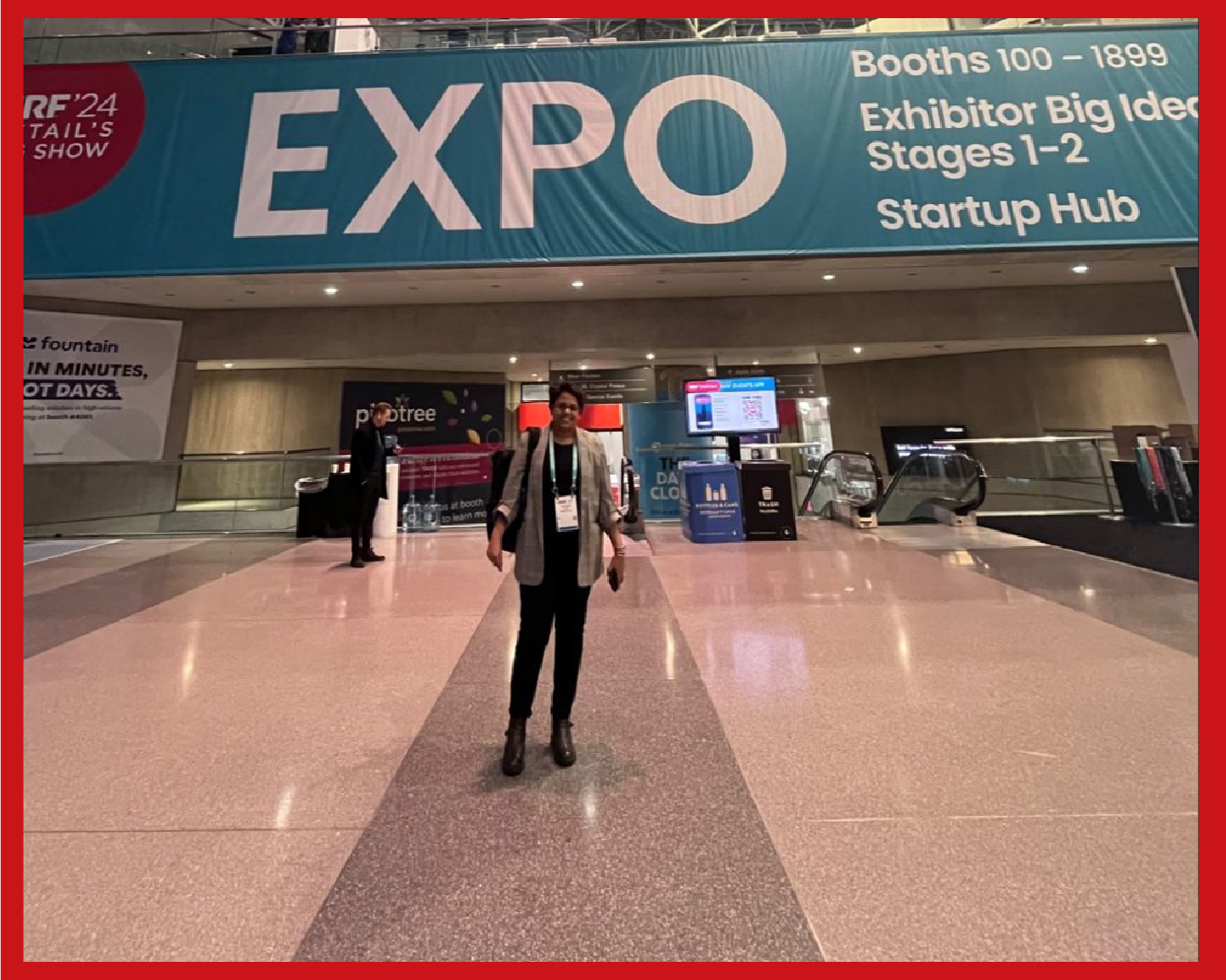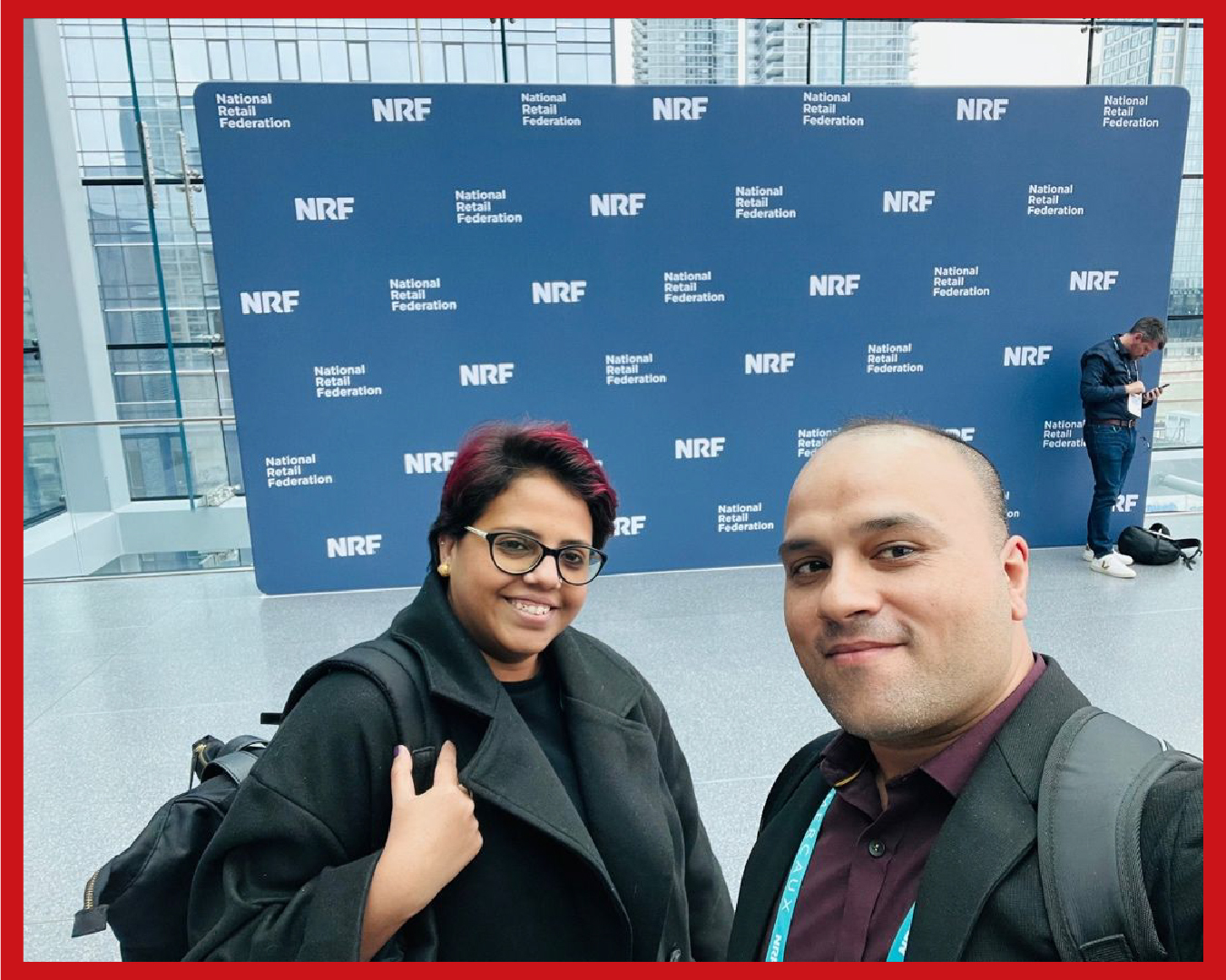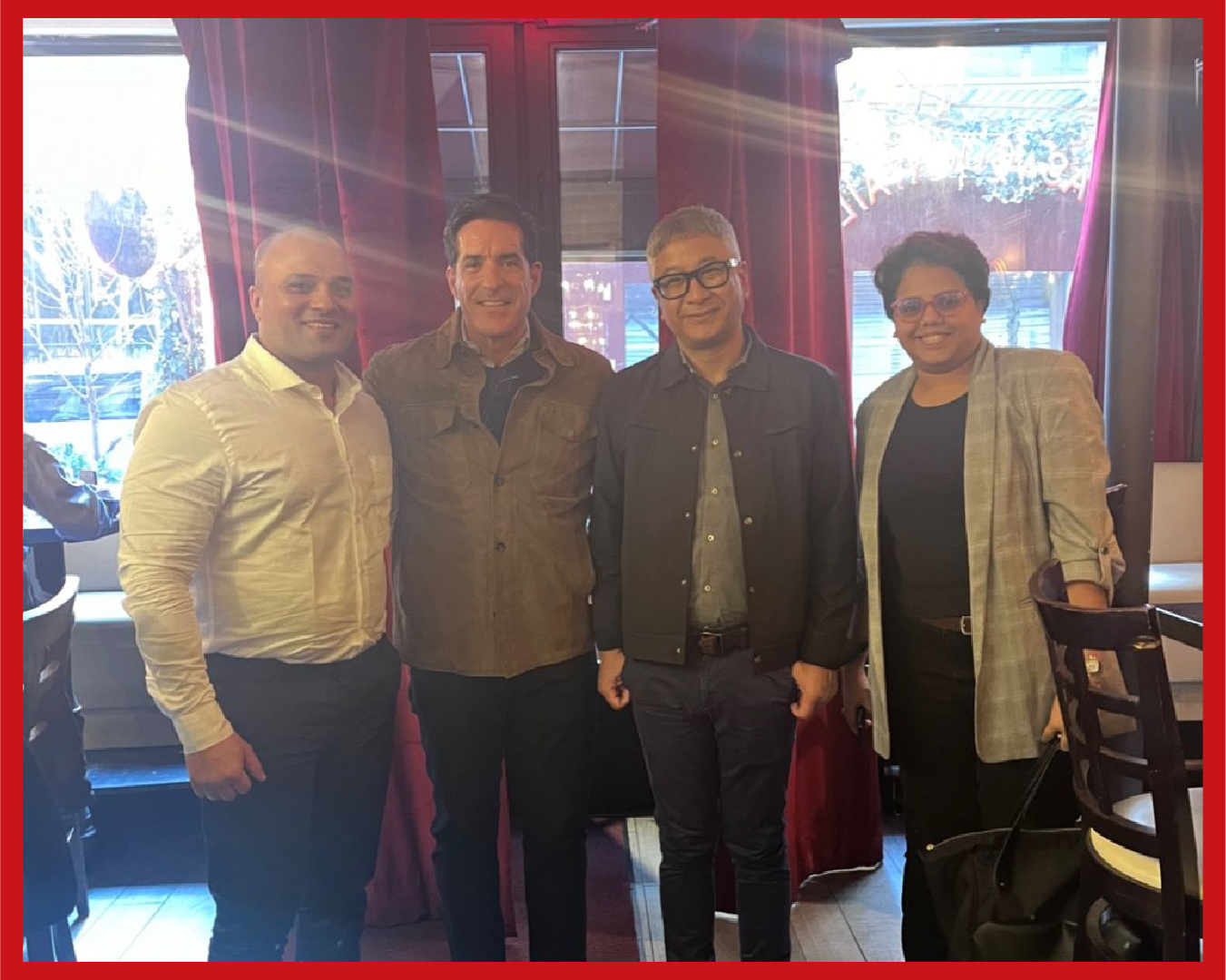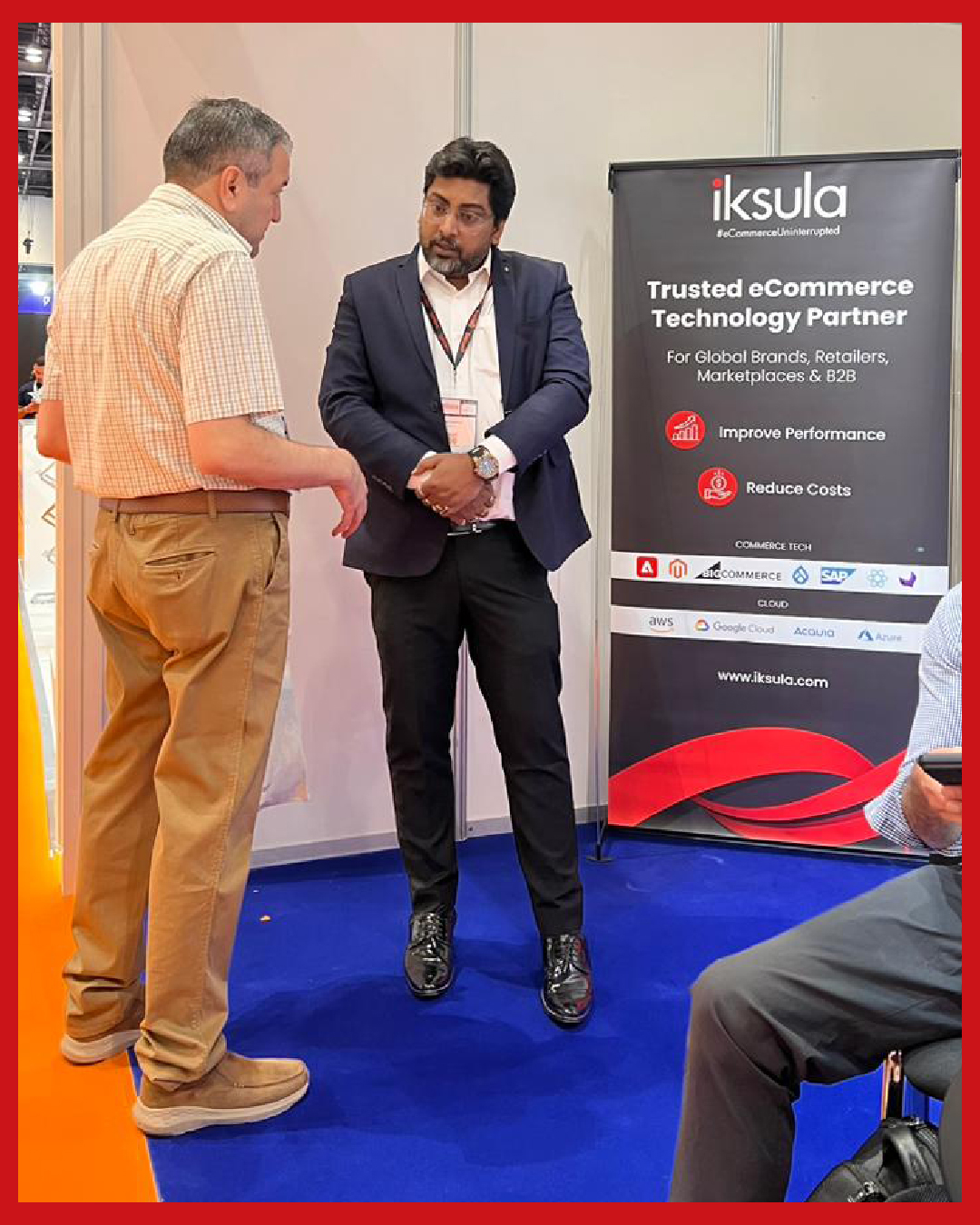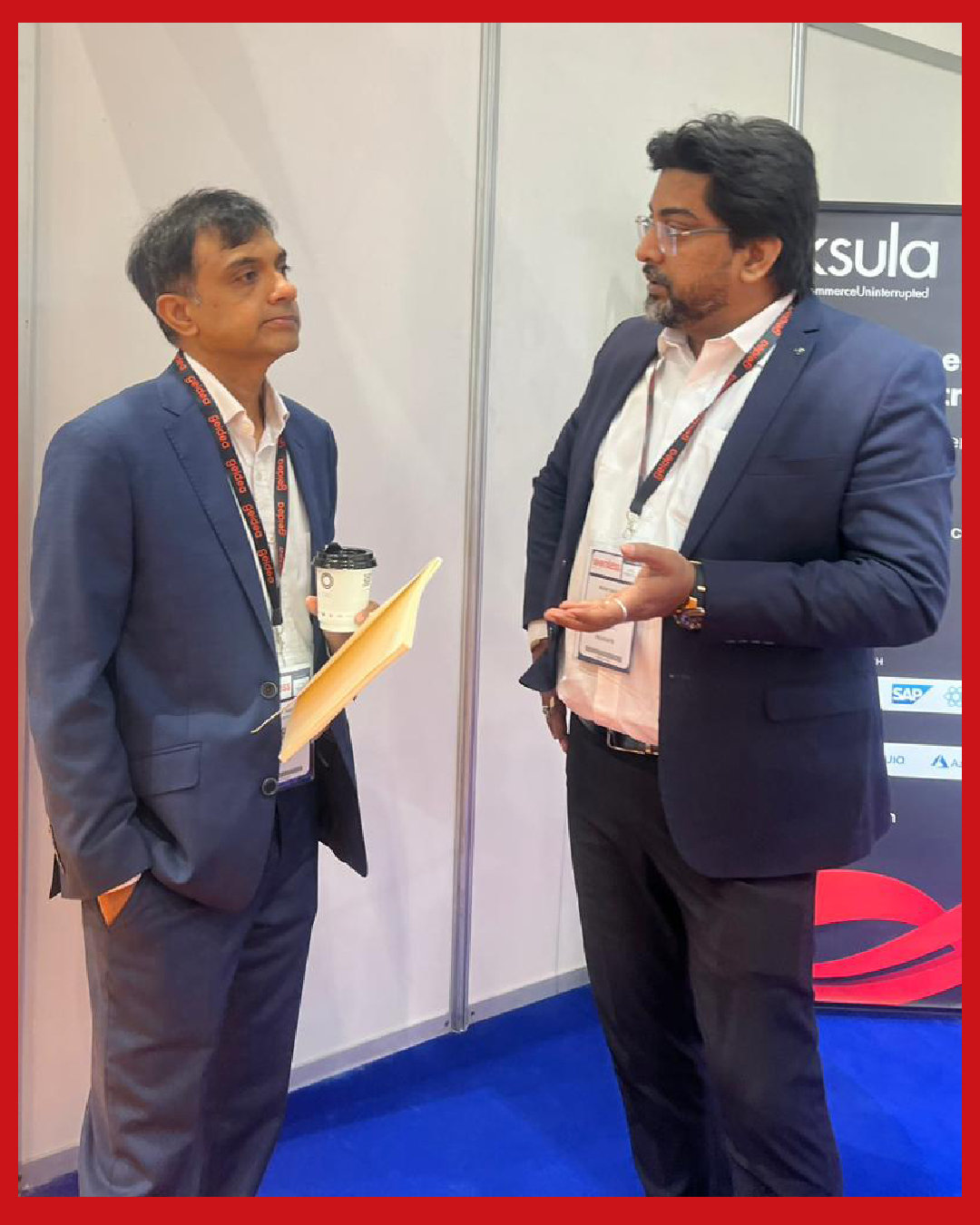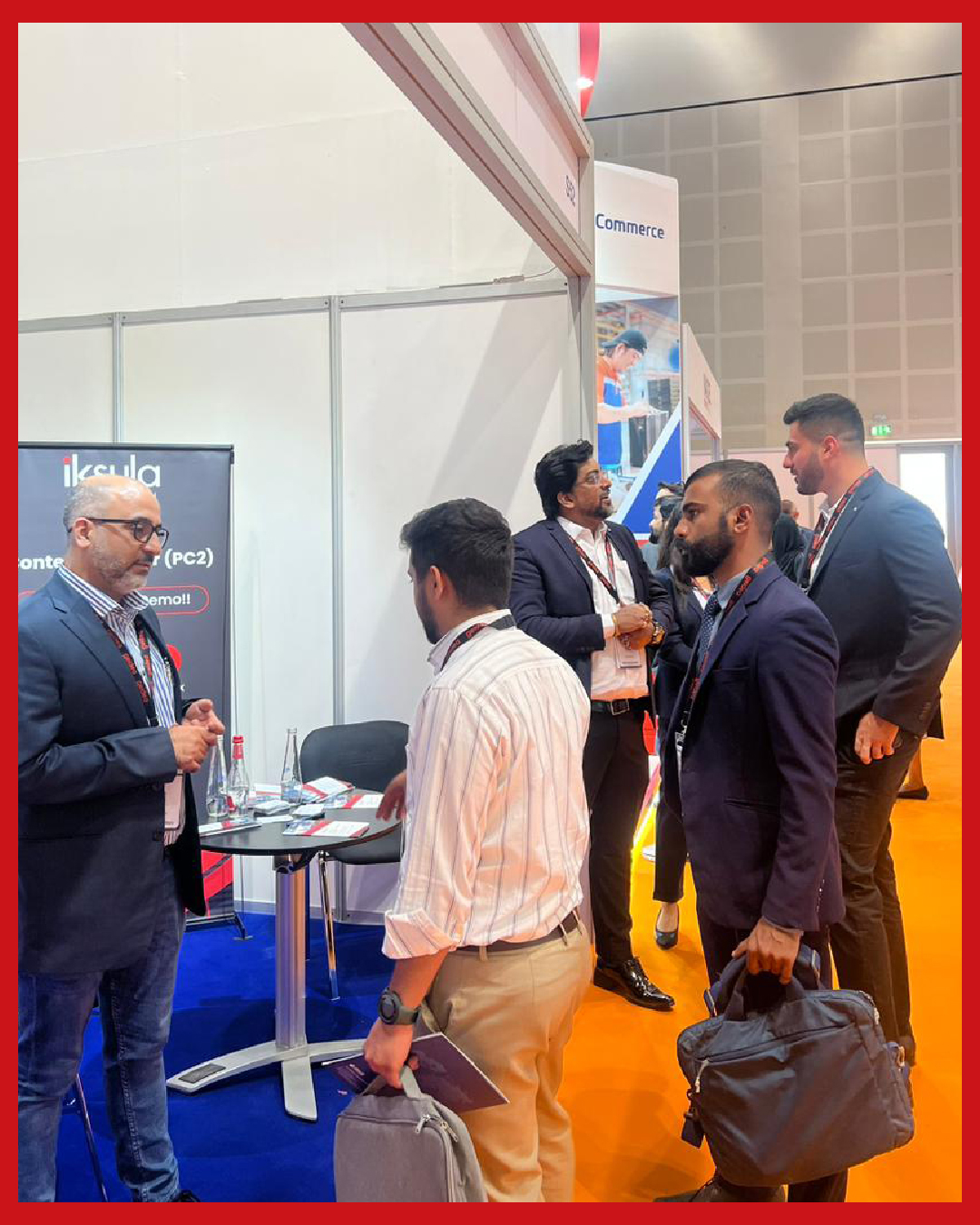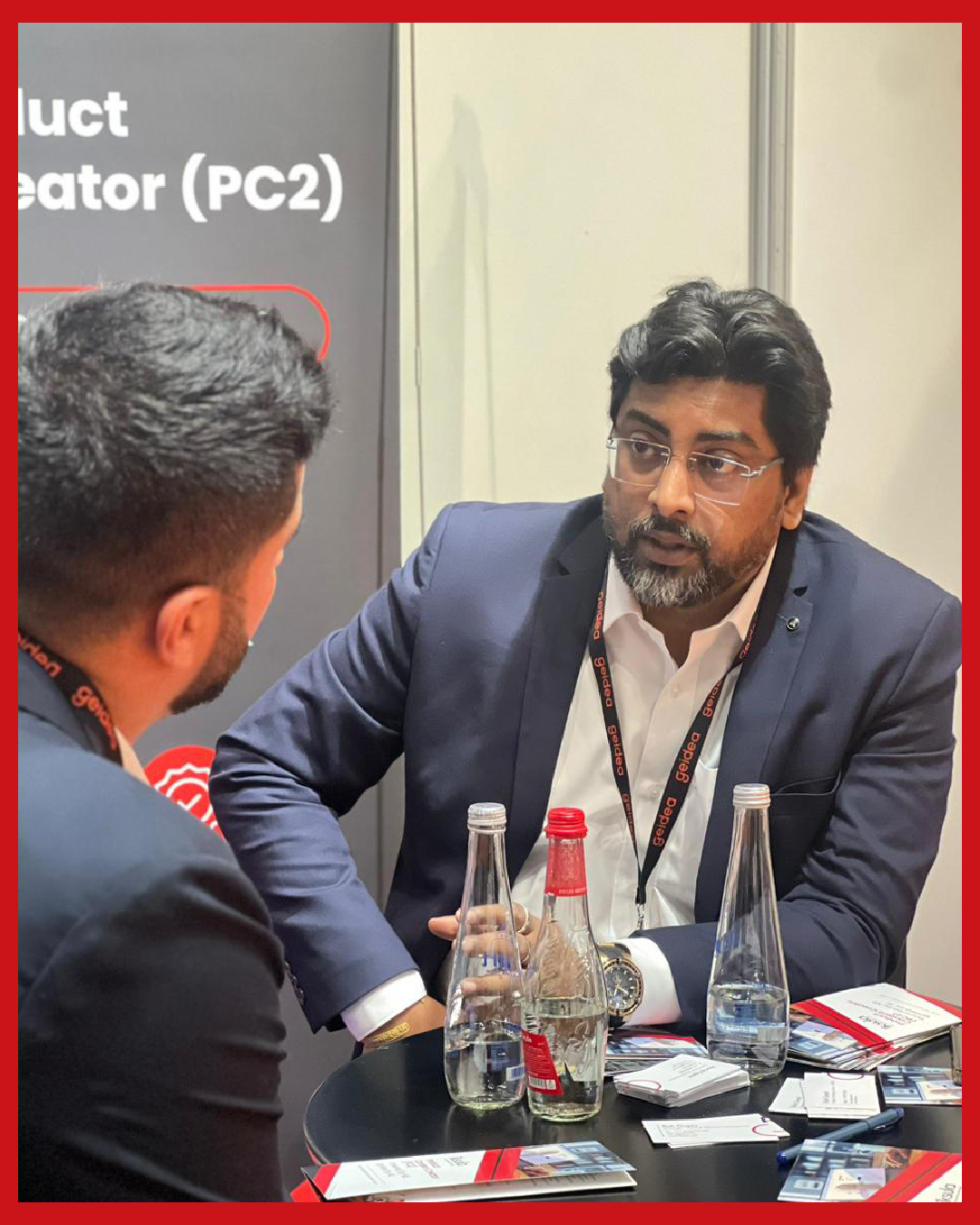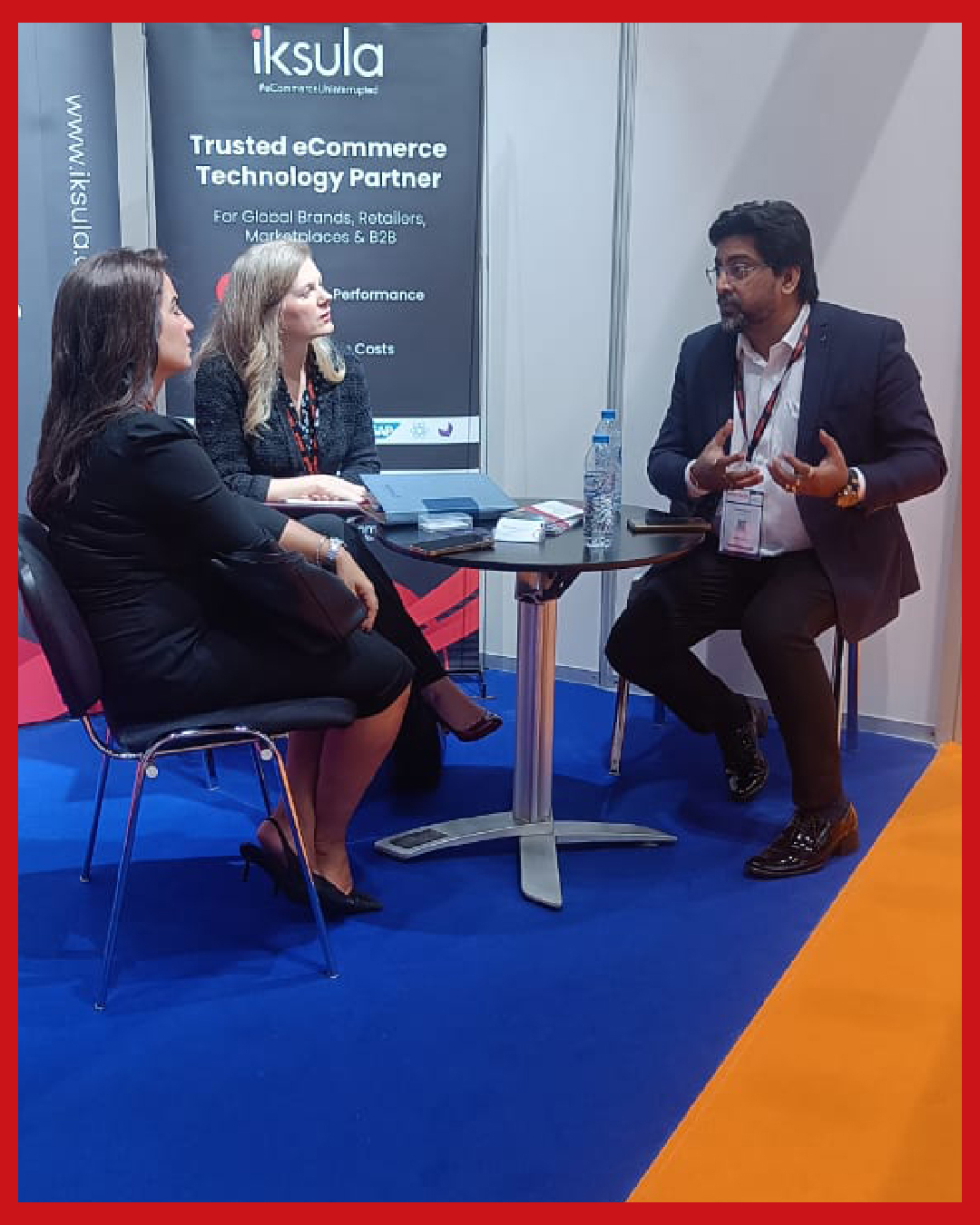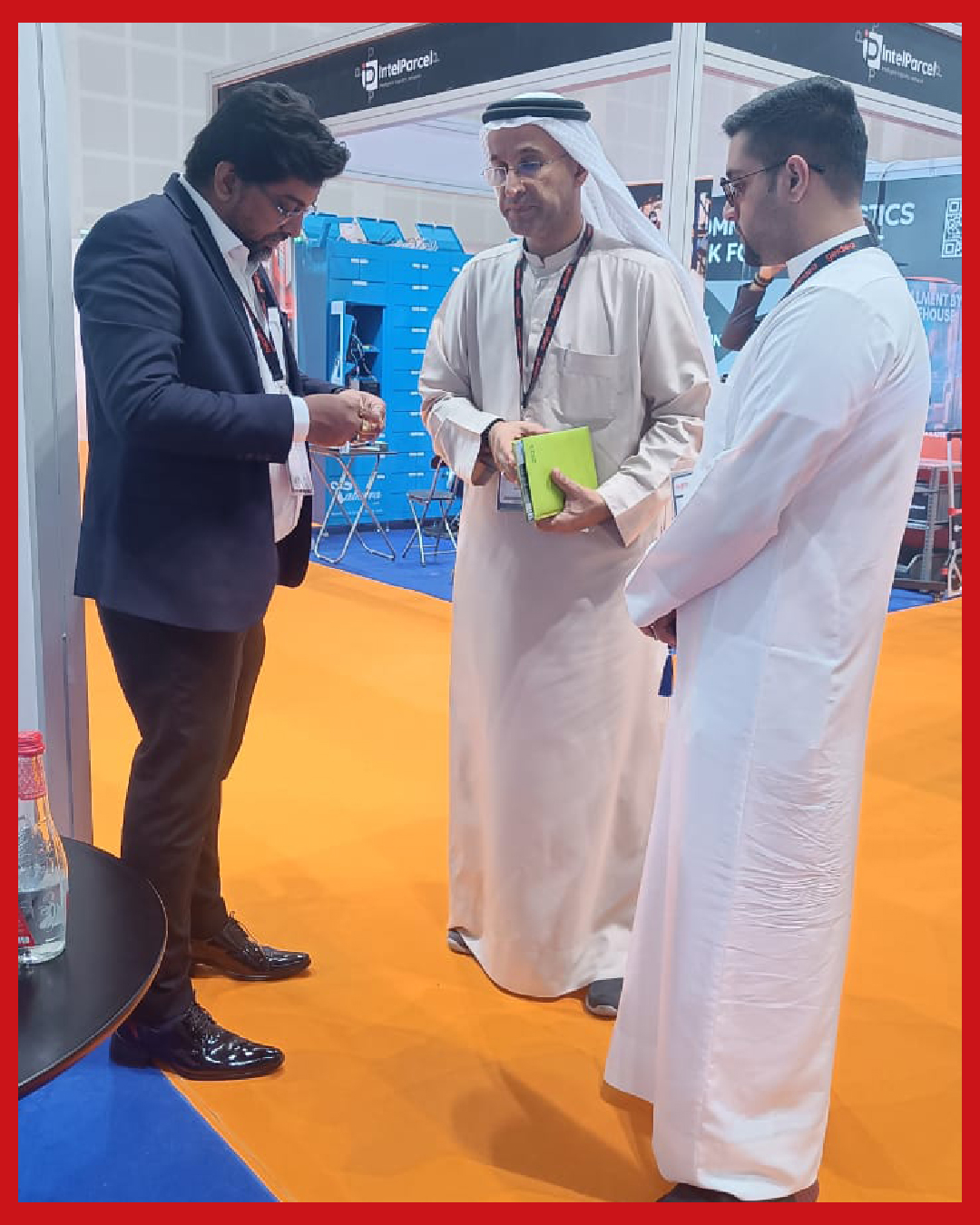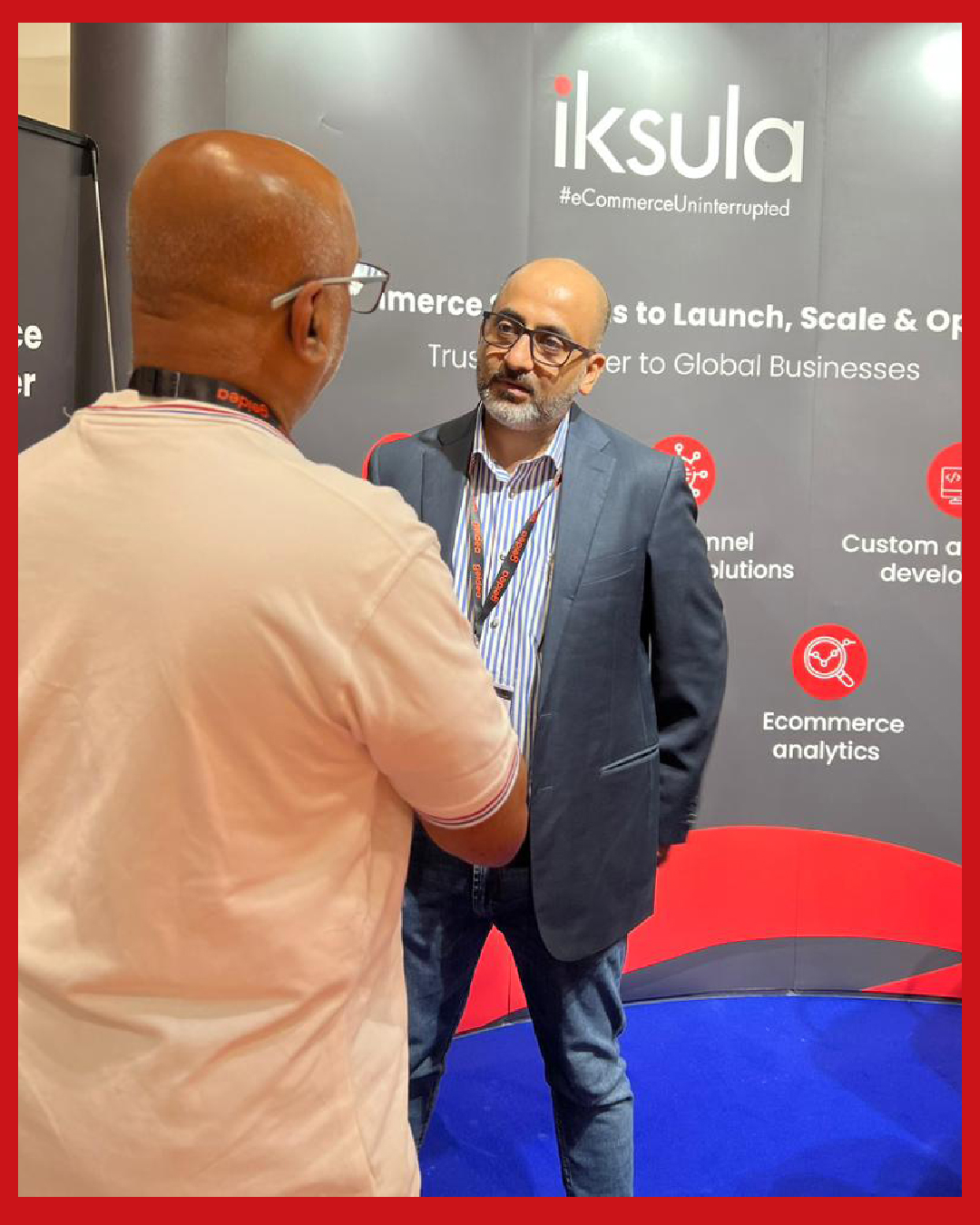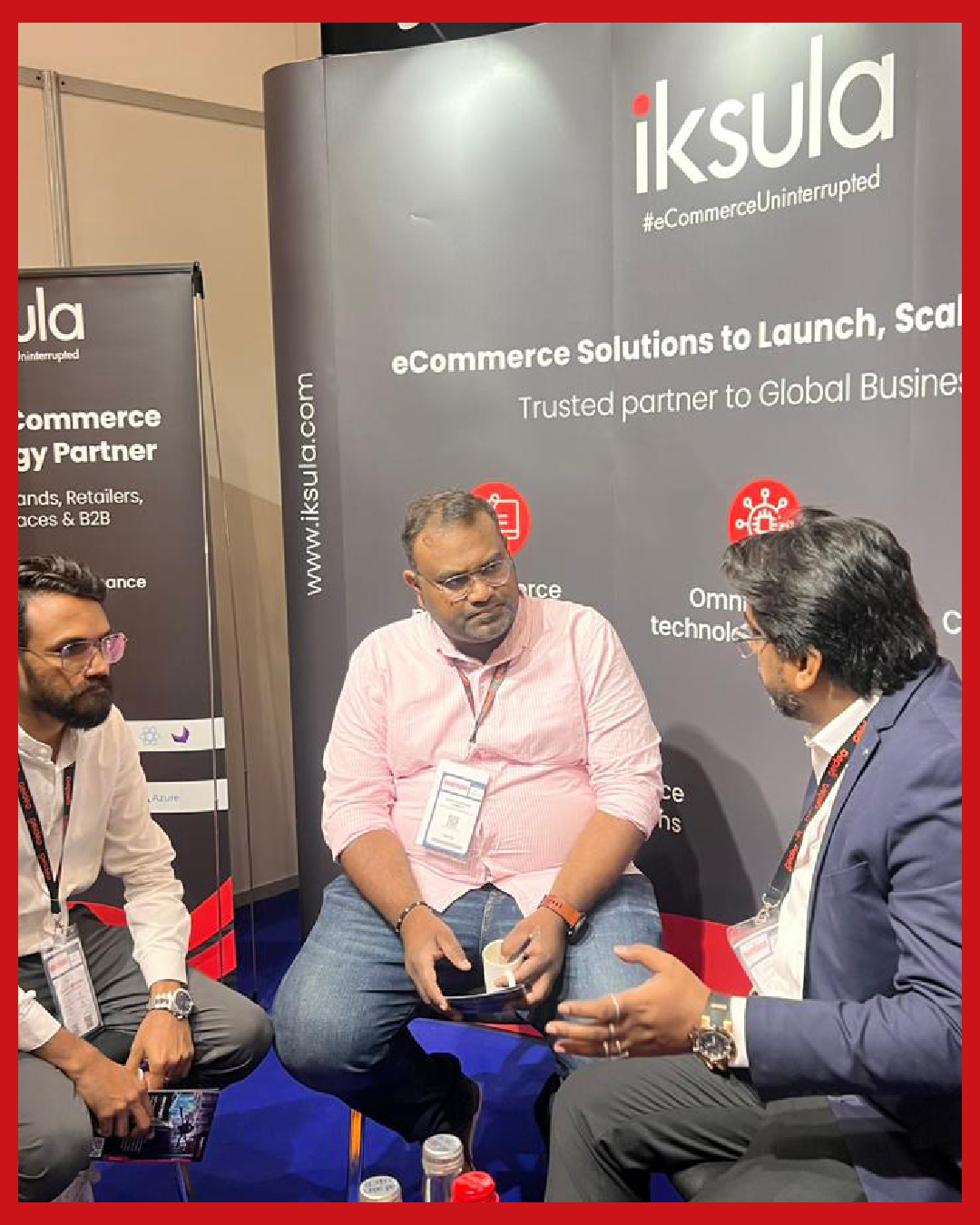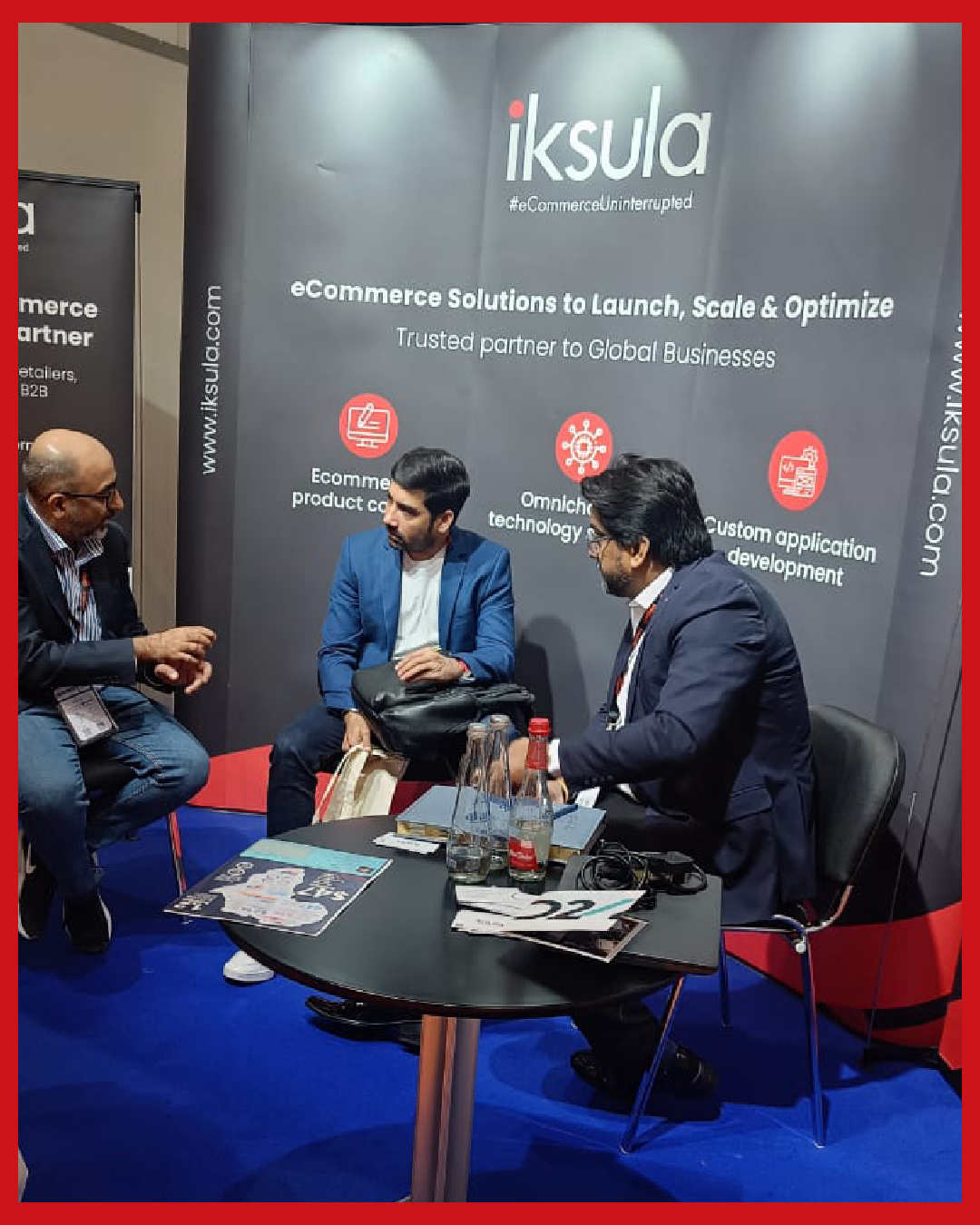Over the last few years, the Indian e-Commerce industry has witnessed a substantial growth due to the numerous business models that have cropped up. E-Commerce and the sub-set retail e-Commerce is still in its nascent stage even though it has witnessed of lot of new players of late. Recently, a lot of consumers are acquainted with the concept of online shopping, and the convenient payment options offered by companies.
More than 121 million people in India have access to the Internet. Several new startups have directed their offline businesses to the e-Commerce ecosystem because 71% of shoppers believe they’ll get a better deal online than in stores. Due to the radical shift in the mindsets of consumers about the comfort and ease associated with e-shopping, many entrepreneurs/ SMEs have started using e-Commerce as an integral part of their business model. This new class of entrepreneurs, better known as ‘Netrepreneurs’ have taken India by storm.
According to an IAMAI report, the Indian e-tailing industry grew by 47% to reach 46,520 crores in revenue in 2011. Based on the reports of Associated Chambers of Commerce and Industry of India, the online retail market size in India is expected to hit 7,000 crores by 2015.
According to PwC, India’s retail market is expected to cross 1.3 trillion USD by 2020. The penetration of modern retail which is just 5% is expected to grow about six times the current state. This means the retail industry in India will grow from the current 27 billion USD to 220 billion USD, across all categories and segments.
According to the reports, travel operators including rail and air tickets accounted for 71% of the e-Commerce market. The IAMAI-KPMG report created a direct correlation between the Internet users, online buyers, the value of e-Commerce, and the openness to Foreign Direct Investment (FDI). This report highlights that the US has 245 million internet users and 156 million online buyers, while China has 538 million users and 270 million online buyers. It also noted that Sri Lanka has 3.2 million users and 2 million buyers, while India has 137 million Internet users and 25 million online buyers.
The IAMAI-KPMG report also shows that the younger generation of India spends 16% of their income online. It is estimated that approximately 828 million Indians who spend online will be less than 35 years of age in 2015. This population uses its mobile phones increasingly for shopping online. The continuous penetration of smartphones in India is proving useful for the growth of e-Commerce In 2011, the overall tablet sales in India were 1 million units, which increased to about 3 million units in 2012. According to an Avendus report, this number was expected to reach 6 million units in 2013.
As of 2013, there were about 28 million 3G network users, while 85.6 million accessed the internet on their mobile phones. These numbers and the potential for growth in the ecommerce industry make the investments seem logical.
The multichannel retailing and omni-channel retailing are methods that are used by consumers to interface with online retailers and retail stores. Multichannel retailing implies independent management of each channel, while omni-channel implies an integrative approach.
Most businesses use physical or virtual channels for their selling strategy. The physical channel is used in retail stores and allows consumers to inspect the products and take home the purchases immediately. The virtual channel is used by online retailers who let the consumers’ order from their home and wait for the delivery of the product. The main difference between retail stores and online retailers is that online retailers provide a wider range of products at a lower price. This is known as the long-tail phenomenon. With online shopping websites, consumers are able to purchase more products easily as compared to the brick and mortar retail store.
Most retailers who follow omni-channel initiatives face challenges and need to create a unified organisation strategy and roadmap. To achieve this, retailers need to implement different functions together. They need to make changes in operations for merchandising, supply chain, stores, marketing, and so on. Setting the right pricing models and policies is one of the top challenges faced by retailers. The other challenges they face include technology and infrastructure set-up. It is observed that Internet penetration is comparatively low in India, and the necessary technology ecosystem is not expansive. As such, the retail organisations will need to opt for newer and better technology capabilities.
To know more about leveraging the Indian internet community to drive your online business, visit us at IRCE: world’s largest e-Commerce event. Visit Iksula at booth no 1857.



